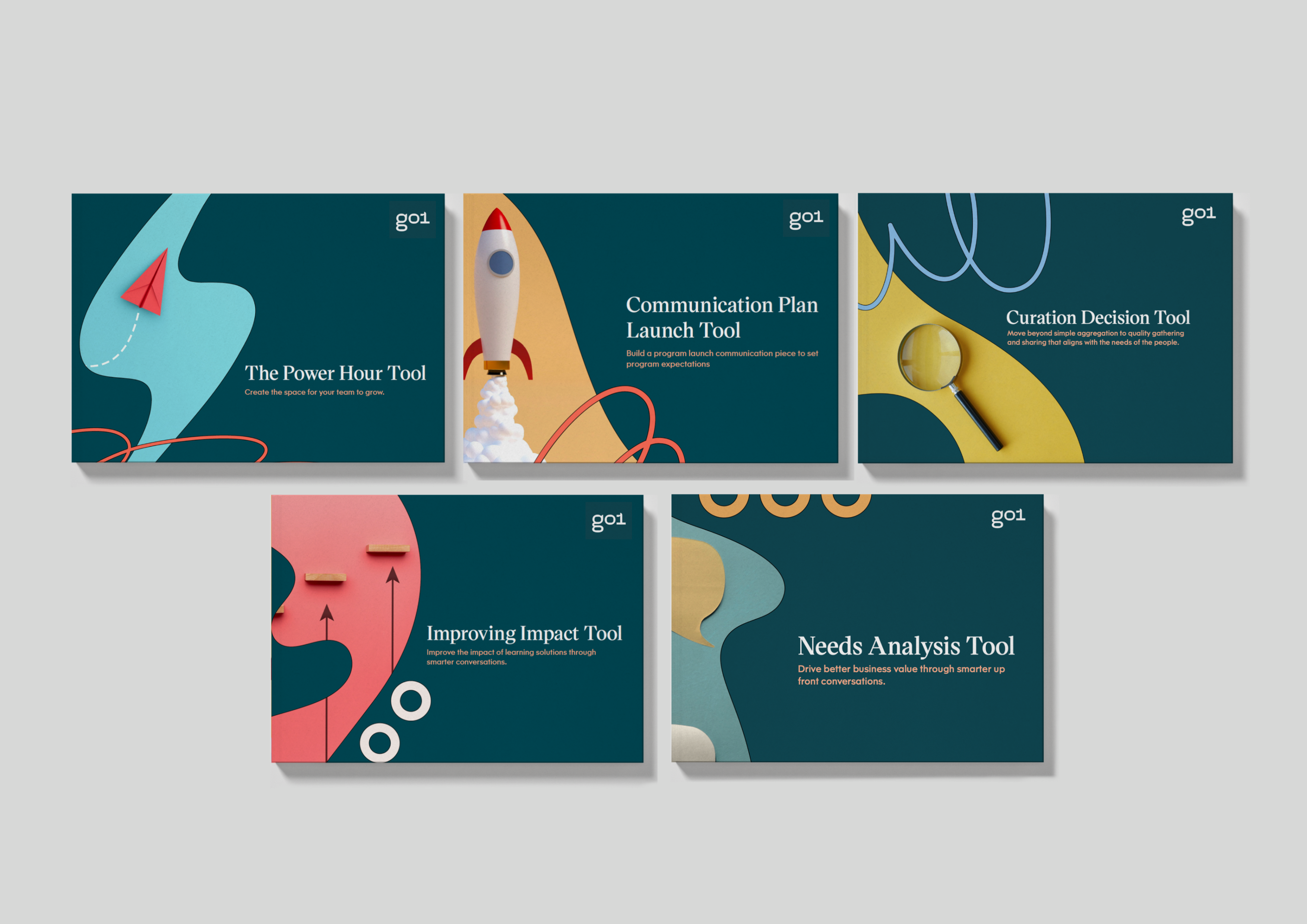
Thinking differently about compliance training

Written by guest blogger Michelle Ockers, Learning Strategy Expert and host of the ‘Learning Uncut’ podcast. Michelle helps build future-ready learning organisations. She is a leading contemporary learning practitioner at the forefront of modernising learning and keeping the profession relevant and impactful in organisations.
L&D’s relationship with compliance training
Adherence to legislation, regulation, and company policies is a requirement in all organisations. It’s an essential part of the organisation’s license to operate. Therefore, compliance is on every L&D team’s agenda. Organisations put an average of 80% of their workforce through some form of compliance training every year. In addition to touching most of your workforce, compliance is often a high proportion of the training that an individual completes every year.
Despite the high investment of both finances and employee time into compliance programs, corporate misconduct remains ubiquitous, while recent research indicates that business leaders do not see compliance as a priority for L&D. These findings point to some of the common challenges with compliance training:
- Effectiveness: We need to move beyond ‘ticking the box.’ Completion rates are used to measure the success of compliance training rather than more meaningful indicators of effectiveness. For example, a 2016 Deloitte survey found that 50% of organisations use compliance training completion rates to measure a program’s effectiveness. In cases like these, the “objective is merely to demonstrate to regulators that they accomplished the task - they can check that training box.”
- User Experience: Compliance training can be tedious, with lengthy, detailed content. When treated as passive recipients of information, participants are bored and inattentive. The challenge is to design programs that are engaging yet scale well.
- Efficiency: Compliance training needs to scale well to reach a large proportion of your workforce. This is why compliance training represents such a high proportion of the training in many organisations. In fact, 42% of all online training content used within organisations is compliance-related.
Surprisingly, 64% of L&D leaders say that they are successful at “proving compliance with rules and regulations.” There are many demands on stretched L&D teams. It’s easy to see how L&D may have become complacent about compliance, particularly if business leaders are not prioritising it.
However, it could be worth looking at our thinking habits to identify opportunities to think differently about compliance.
How our thinking habits influence our compliance decisions
Our inner dialogue will always influence the way that we approach challenges. We’ve previously explored examples of L&D thinking habits, including those that we need to cultivate to become smarter, stronger L&D professionals.
So, how do these thinking habits influence how we approach compliance? Let's take a closer look at three common L&D thinking habits.
Your value
Focussing on completion rates as a primary success measure reflects a learning first thinking habit. The alternative is to adopt a business first thinking habit. In this instance, your first goal is to solve business problems.
Ticking the box to provide evidence to auditors and regulators may appear at a superficial level like you are meeting a business need. However, regulators are increasingly looking for evidence of the effectiveness of an organisation’s compliance program. Business first means digging deeper when you are asked to provide compliance training.
Your role
Your expertise may lie in designing and developing courses and eLearning modules, or you may be proficient at classroom training (be it physical or virtual). As such, it’s natural to draw upon being a knowledgeable expert to design and deliver a course to satisfy a stakeholder’s request. You may put all your energy into meeting their specifications, which often include a lot of detailed content and a mass rollout of an eLearning module (aka ‘sheep dipping’).
On the other hand, adopting the thinking habit of an empathic explorer creates curiosity. You may ask ‘what do the regulations and policies actually require?’ To answer this, engage with the people who are expected to complete the training. Investigate their work and context. Listen to their beliefs about compliance and the organisation’s policies, and explore their experience with compliance training.
Your approach to risk and innovation
A hold on thinking habit is where your approach is shaped by past successes — either your own or those of your L&D predecessors. There may be a standard approach to compliance training in your organisation that you reflexively pick up and apply.
The alternative is a move on thinking habit, which acknowledges the usefulness of experience but will let this experience go to embrace alternatives. When it comes to compliance, you may need to challenge both your thinking habits and your stakeholders’ thinking habits. It can take a little courage and perseverance to invite them to explore other options with you.
Be sure to check back in tomorrow for the second part of this blog series, where we will explore practical tips to reinforce these thinking habits and increase the impact of your compliance solutions.
For more insights, be sure to subscribe to the Go1 newsletter to stay on top of all the latest L&D trends. Or, you can book a demo today to find out how Go1 can help with your team’s learning needs.




